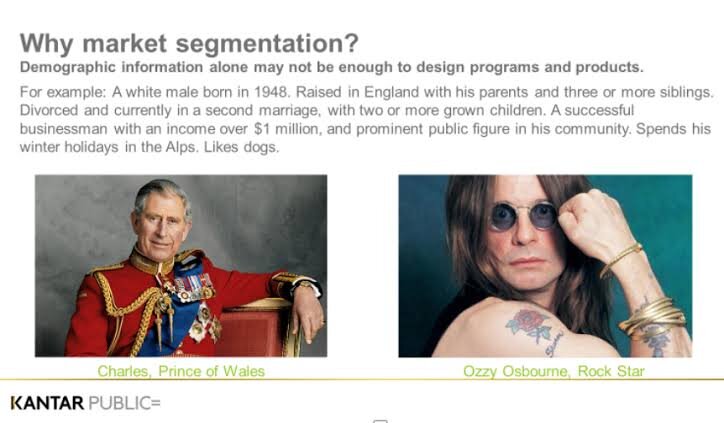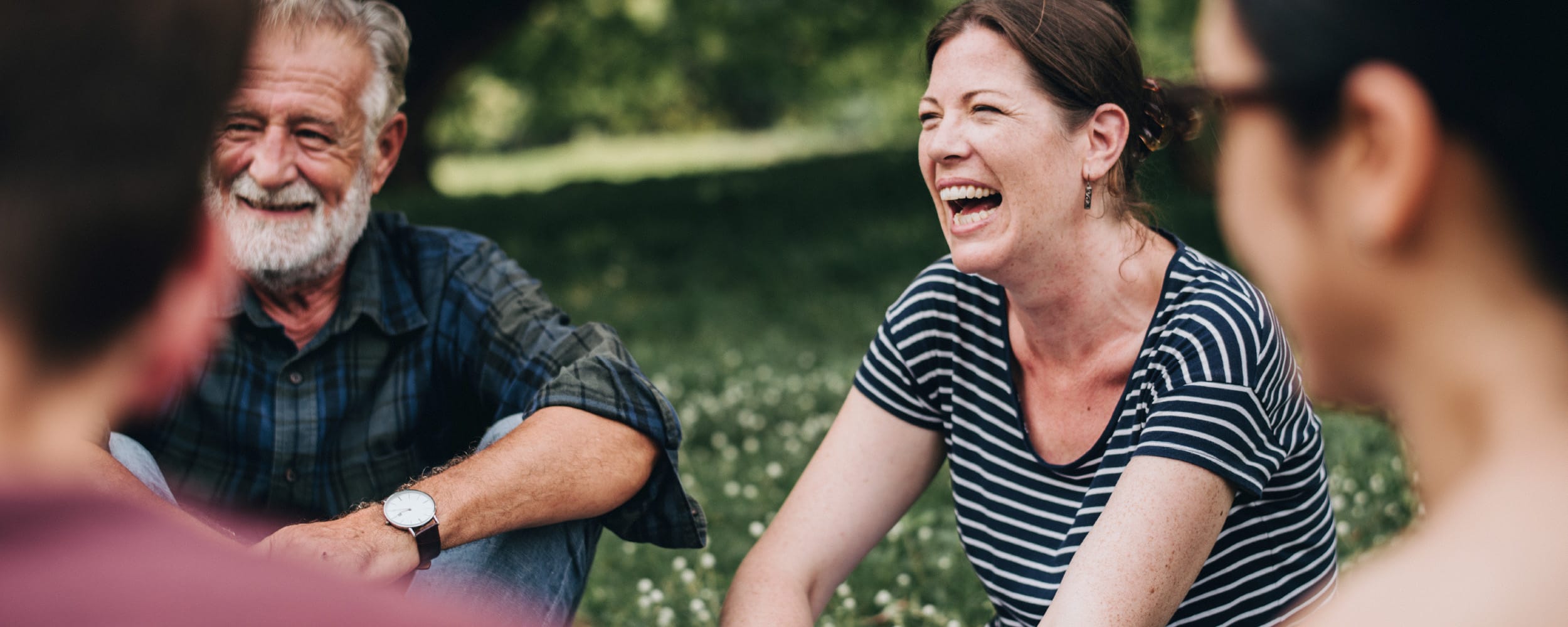While we all exist within our own contexts, the dominant marketing narrative is to see people as an audience – a market segment. But would you communicate and engage with your target audiences differently if you thought of them as a community, instead?
Poet John Donne said it more than 400 years ago. To paraphrase here, no one is an island.
Rather than picturing clients and customers as recipients in purely demographic terms, what if we thought of the people we engage with as connected and in context: in community.
After all, they’re people with obligations, influence, stressors, celebrations and decision-making power. The relationships they share are just as important as the choices they make.
Not-for-profit organisations have a long history of considering the people they service as part of communities. When it comes to brand storytelling in the corporate sector, traditional ways of identifying and segmenting our audiences leaves room for error:

While your clients and customers might fit the bill on an individual level, the context in which they interact can be key to a more personalised experience and greater long-term impact.
Making connections
What defines a community? Our good friend and German sociologist Ferdinand Tönnies has a useful model to draw on. Gemeinschaft or Community, includes social ties, personal social interactions, roles, values and beliefs.
So when it comes to brand storytelling, how do we connect with communities? It has to be a two-way conversation.
We mediate the space between messaging – communicating information about a product or service, essentially, “buy this thing” or “donate to this cause” – and the problems our audience is trying to solve.
With that comes a level of emotional responsibility. In order to connect with your community on a personal level you need to look beyond one homogenous primary audience to multiple, equally valued audiences.
A great example is the healthcare sector.
Take a research organisation, whose primary goal is to garner donations and funding. They must speak to those disparate funding and donating audiences, but they also need to engage with doctors, other experts, and past participants.
When considering this group as a community, we can see how they’re interrelated. The doctor wants to solve a medical puzzle for their patient and for the future. That doctor also needs to talk to the patient and their family. The family wants to know what questions to take to the doctor and connect with people who’ve had similar experiences. Those past participants want to know how they can remain involved or keep updated.
There are several conversations that need to happen over multiple touchpoints.
Compassion across contexts
In their book Compassionomics (The Revolutionary Scientific Evidence that Caring Makes a Difference), Stephen Trzeciak and Anthony Mazzarelli explain that the value of empathy to healthcare can actually be measured.
“Compassion increased revenue and decreased costs. There’s patients who will pay more for that. We have data about hospitals that have higher margins that have better patient experience.”
It’s unsurprising that compassion is powerful. In fact, according to Stephen and Anthony’s research, compassion for patients can modulate a patient’s perception of pain.
While the impact of compassion in that context is clear, how does this translate to other sectors? Happily, we can use the same frame every time, whether it’s B2B or B2C, regardless of the industry or sector.
When talking with a community, we should offer useful information, and relevant human stories to help with what they need most.
It’s a privilege to participate
Authentic empathy is critical. This means you need more than a surface-level understanding of the community you’re speaking with.
Ian Harvey Ross, has been working on a rebrand of two long-standing organisations, Deaf Services and the Deaf Society as Head of Marketing. Rather than a traditional brand launch, Ian is forgoing any celebration in order to bring their community on the journey, “If there’s any surprise on the launch day for a community member, I think we haven’t necessarily done our job because that person hasn’t felt that they’ve had the opportunity to have input into what the end result will be.”
There’s significant value to be gained in ensuring the whole team, cohort, customers, and diverse community members are on board.
“We’ve seen enough confusion within the community about brands working in this space in the past, and people pulling away from brands that they feel don’t represent them or they feel that they haven’t had a say in the process of development for,” Ian says.
When it comes to co-designing a brand that works within the community, Ian explains it goes beyond the surface look and feel. Authentic empathy is critical.
“I think it is about authentically understanding the value of that empathy. And the delving down on that is performative consultation or a performative involvement of the community,” Ian says.
“We’re not just discussing whether we like a dark or a light blue for a brand colour. We’ve got community members discussing what it means to be Deaf and then what it means to be supported. And that’s been a really interesting part of this process,” Ian says.
Community at front and centre
Community is always important in any organisation, but particularly in the charity sector. Jason Olive, Chief Marketing, Fundraising & Communications Officer at Ovarian Cancer Australia, believes there’s a lot the corporate sector can learn from not-for-profits in the way that they engage their community.
“We certainly have our amazing community front a lot of the storytelling,” Jason says, “We’ve got real people telling their lived experience. It’s obviously critical to help us raise awareness of ovarian cancer, and helping us advance the work that we do inside the organisation.”
For the charity sector especially it’s best to have the people themselves in the community tell their stories, not an expert or spokesperson from within the organisation. Hearing those stories from that particular audience and learning from them is critical.
“Our community is so important to us and they’re the people that help others take action,” Jason explains. It’s important to consider how you’re communicating big important ideas through the community themselves.
Connecting trust and experience
In the corporate space, there’s a very big conversation that continues to grow around customer experience. It’s the idea that we need to personalise our messaging, and the best way to do that is to gather more first-person data, and really understand who they are.
Personalisation implies trust, and trust is gained through authentic empathy and compassion – subsequently gained through a mutual, two-way conversation.
However, in traditional marketing we tend to think in binaries – B2B or B2C – with very little consideration for who these individuals are within the context of their community, which does a disservice.
Whether we think of our audience as clients, customers, a cohort or a community or society, it’s valuable to use empathy and compassion to ask important questions and make a strong connection. Which at the end of the day, isn’t that what we all want?
Written by: Candice Witton.
For more information visit: Brand Storytelling, Communications & Marketing
